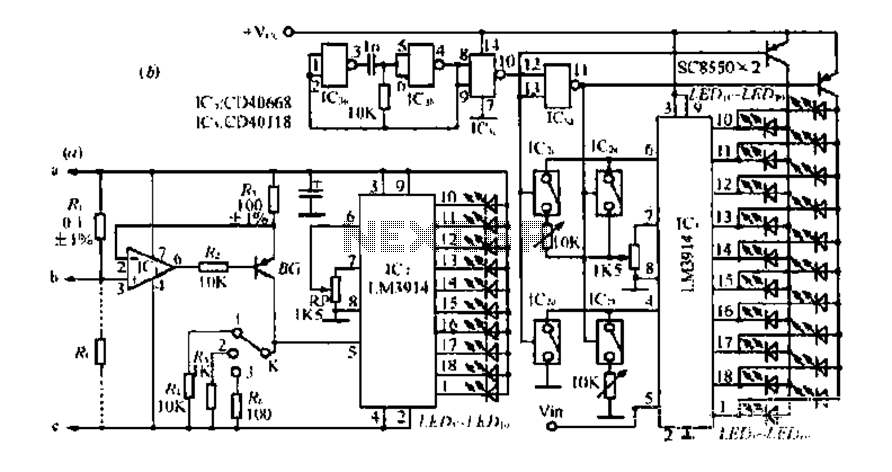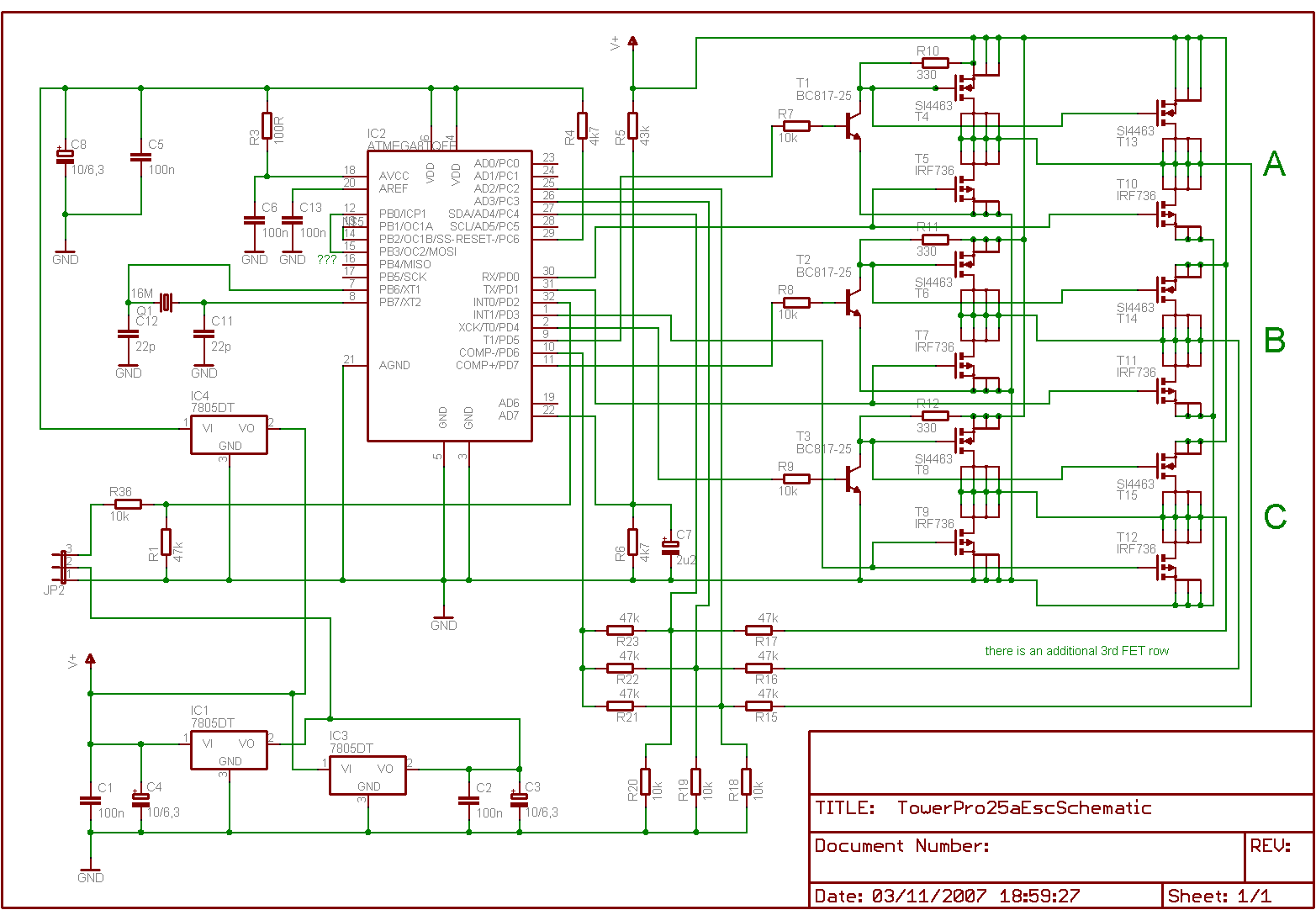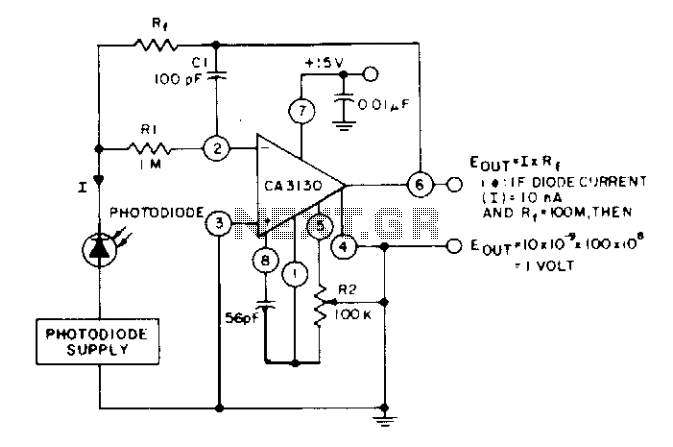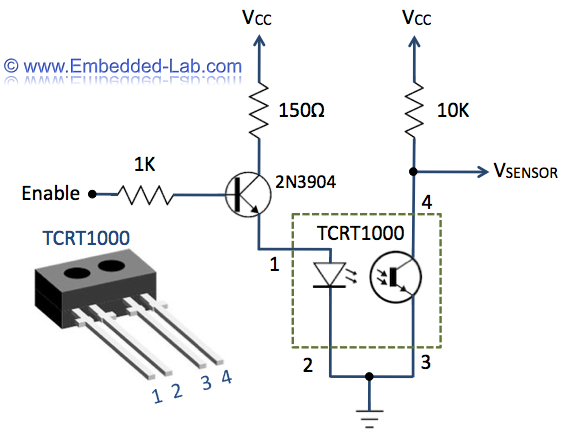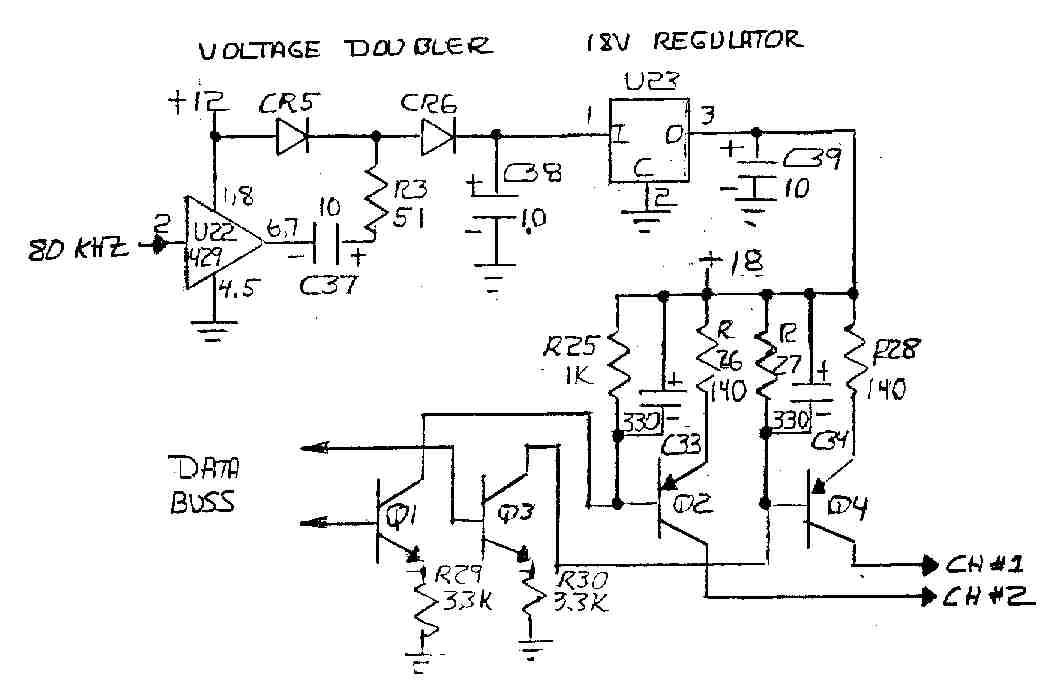
Current Sensor Board
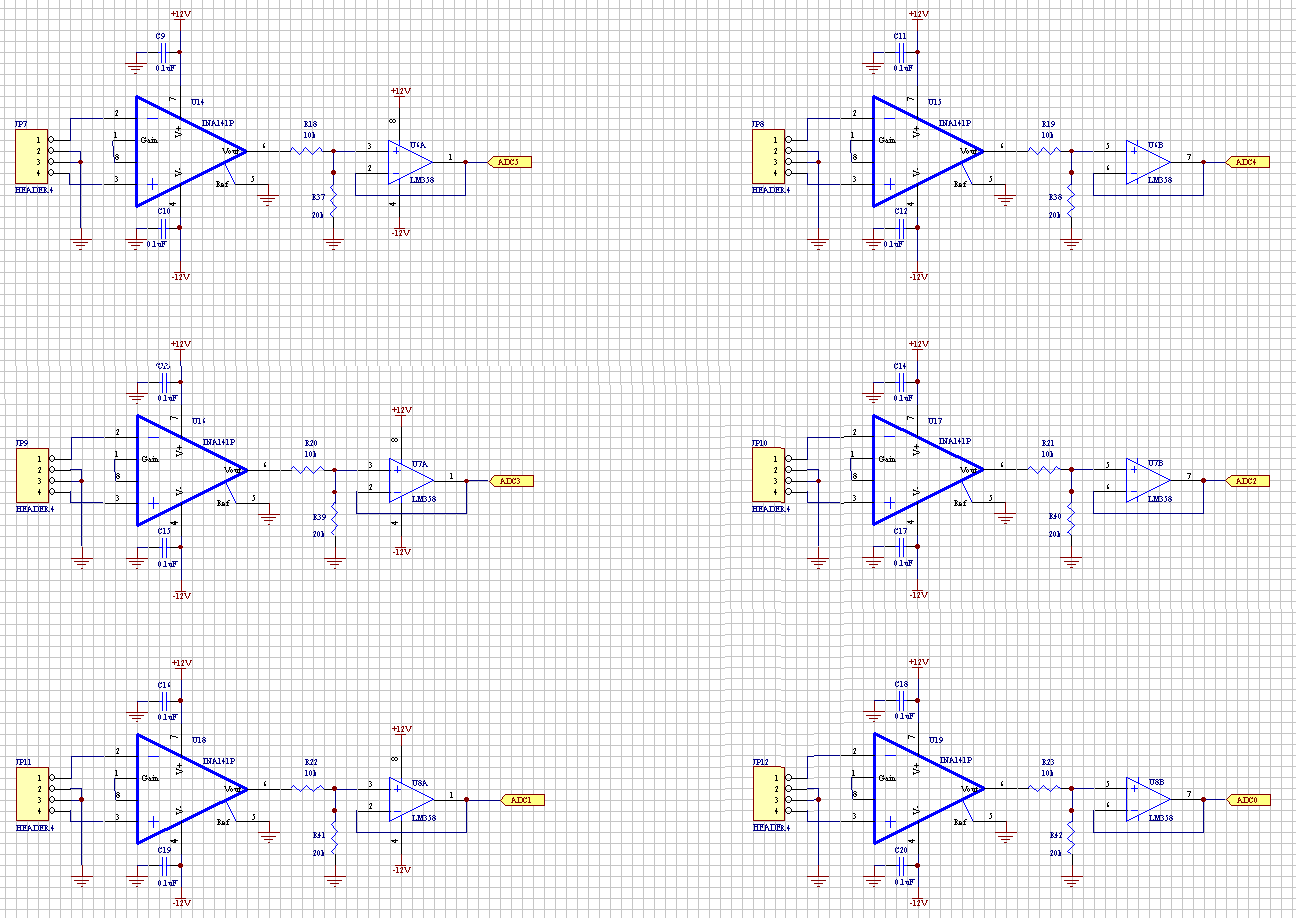
The Current Sensor Board features an Atmel AVR AT90S8535 microcontroller operating at 8 MHz. It samples six ADC current inputs and utilizes the remaining two ADC inputs for controlling an integrating charge counter. The processed results are encapsulated into data packets and transmitted to the Master Board. Additionally, the board is electrically isolated from the Master Board's voltage supply, allowing it to operate with a ground reference at battery earth. This design aims to maintain as much isolation as possible from both the battery and the chassis of the vehicle for safety purposes.
The Current Sensor Board is a critical component in automotive applications, particularly for monitoring current flow in various systems. The Atmel AVR AT90S8535 microcontroller serves as the core processing unit, providing the necessary computational power to handle multiple analog-to-digital conversions (ADC). With six dedicated ADC inputs, the board can monitor current from various sources, such as battery management systems, electric motors, and auxiliary loads.
The two additional ADC inputs are allocated for an integrating charge counter, which accumulates charge over time. This feature is essential for applications that require precise tracking of energy consumption or battery state of charge. The integration process may involve sampling the current at regular intervals, calculating the total charge, and storing this information for further analysis or display.
Data communication between the Current Sensor Board and the Master Board is achieved through a packetized format, ensuring that the information is transmitted efficiently and reliably. The isolation from the Master Board's voltage supply is a crucial design aspect, enhancing safety by reducing the risk of ground loops and electrical interference. This isolation allows the Current Sensor Board to operate independently, with its ground reference aligned with the battery earth, thereby minimizing potential voltage discrepancies that could affect performance or safety.
Overall, this design approach not only enhances the reliability and accuracy of current measurements but also prioritizes safety in automotive environments, where electrical systems must operate under varying conditions and potential hazards.The Current Sensor Board contains an Atmel AVR AT90S8535 running at 8MHz which samples six ADC current inputs and uses the remaining two ADC inputs to control an integrating charge counter and packages the results up into data packets which are sent to the Master Board. The board is isolated from the Master Board`s voltage supply so that it can ru n with ground at battery earth (as much as possible of the car`s system run isolated from both the battery and the chasis for safety). 🔗 External reference
The Current Sensor Board is a critical component in automotive applications, particularly for monitoring current flow in various systems. The Atmel AVR AT90S8535 microcontroller serves as the core processing unit, providing the necessary computational power to handle multiple analog-to-digital conversions (ADC). With six dedicated ADC inputs, the board can monitor current from various sources, such as battery management systems, electric motors, and auxiliary loads.
The two additional ADC inputs are allocated for an integrating charge counter, which accumulates charge over time. This feature is essential for applications that require precise tracking of energy consumption or battery state of charge. The integration process may involve sampling the current at regular intervals, calculating the total charge, and storing this information for further analysis or display.
Data communication between the Current Sensor Board and the Master Board is achieved through a packetized format, ensuring that the information is transmitted efficiently and reliably. The isolation from the Master Board's voltage supply is a crucial design aspect, enhancing safety by reducing the risk of ground loops and electrical interference. This isolation allows the Current Sensor Board to operate independently, with its ground reference aligned with the battery earth, thereby minimizing potential voltage discrepancies that could affect performance or safety.
Overall, this design approach not only enhances the reliability and accuracy of current measurements but also prioritizes safety in automotive environments, where electrical systems must operate under varying conditions and potential hazards.The Current Sensor Board contains an Atmel AVR AT90S8535 running at 8MHz which samples six ADC current inputs and uses the remaining two ADC inputs to control an integrating charge counter and packages the results up into data packets which are sent to the Master Board. The board is isolated from the Master Board`s voltage supply so that it can ru n with ground at battery earth (as much as possible of the car`s system run isolated from both the battery and the chasis for safety). 🔗 External reference
